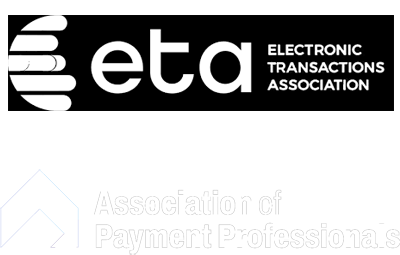18 Oct

Introduction
Whether you operate an e-commerce store, provide online services, or run a subscription-based business, knowing how online credit card processing works is crucial. In this comprehensive guide, we will walk you through the process of setting up and managing online credit card payment processing. From selecting a payment gateway to integrating with your website and ensuring security, this step-by-step guide will equip you with the knowledge to streamline your online payment operations and help you understand how to process credit card payments online.
Understanding Online Credit Card Payment Processing
Online credit card payment processing involves accepting and processing credit card transactions through your website or online platform. It allows customers to make purchases or payments using their credit cards, while you securely receive the funds electronically.
Step 1 : Merchant Account Setup
To process credit card payments online, you will need a merchant account. Choose a reputable payment processor that offers online merchant accounts and completes the application process to establish your account. PayBlox streamlines this with their merchant account marketplace. You are able to get multiple offers from multiple processors by using their free platform.
Step 2: Choosing a Payment Gateway
Selecting the right payment gateway is crucial for online credit card payment processing. Consider factors such as transaction fees, security measures, supported currencies, integration options, and customer support when evaluating different payment gateway providers.
Step 3: Integrating Payment Gateway with Your Website
Integrating the payment gateway with your website enables seamless payment processing. There are two common integration methods:
- Hosted Payment Page Integration
With hosted payment page integration, customers are redirected to a secure payment page hosted by the payment gateway provider. This simplifies the integration process as you only need to link to the payment page from your website.
- API Integration
API integration allows you to embed the payment form directly into your website, providing a more customized and seamless payment experience. This method requires developer expertise to integrate the API provided by the payment gateway into your website’s code.
Step 4: Securing Online Transactions
Ensuring the security of online transactions is paramount to protect sensitive customer data. Implement the following security measures:
- SSL Certificates
Obtain and install an SSL (Secure Sockets Layer) certificate on your website. SSL encrypts the data transmitted between the customer’s browser and your website, safeguarding it from potential hackers.
- Payment Card Industry Data Security Standard (PCI DSS) Compliance
Adhere to PCI DSS requirements to maintain a secure payment environment. This includes implementing secure systems, conducting regular security audits, and protecting cardholder data.
Step 5: Testing and Launching
Before going live, thoroughly test the online payment process to ensure its functionality and usability. Conduct test transactions, simulate different scenarios, and ensure the integration works seamlessly. Once testing is complete, launch the payment system for real transactions.
Step 6: Managing Online Payments
Efficiently managing online payments is essential for a smooth operation. Consider the following:
- Transaction Monitoring and Reporting
Regularly monitor transactions to detect any potential issues or fraudulent activities. Leverage reporting tools provided by the payment gateway to analyze transaction data and gain insights into your business’s performance.
- Chargeback Management
Establish procedures to handle chargebacks effectively. Respond promptly to customer disputes, provide necessary documentation, and proactively address issues to minimize chargeback rates.
Ensuring a Seamless Customer Experience
To provide a positive payment experience for your customers:
- Mobile-Friendly Payments
Optimize your online payment process for mobile devices. Ensure your payment page and forms are mobile-friendly and responsive to accommodate customers who prefer to make payments on their smartphones or tablets.
- Multiple Payment Options
Offer a variety of payment options to cater to different customer preferences. Besides credit cards, consider integrating other payment methods like digital wallets, bank transfers, or alternative payment solutions.
Conclusion
Processing credit card payments online requires careful planning and execution. By selecting the right payment gateway, integrating it with your website, implementing strong security measures, and effectively managing online payments, you can create a seamless and secure payment experience for your customers. Continuously evaluate and optimize your online payment process to ensure its efficiency and effectiveness in meeting the needs of your business and customers.






